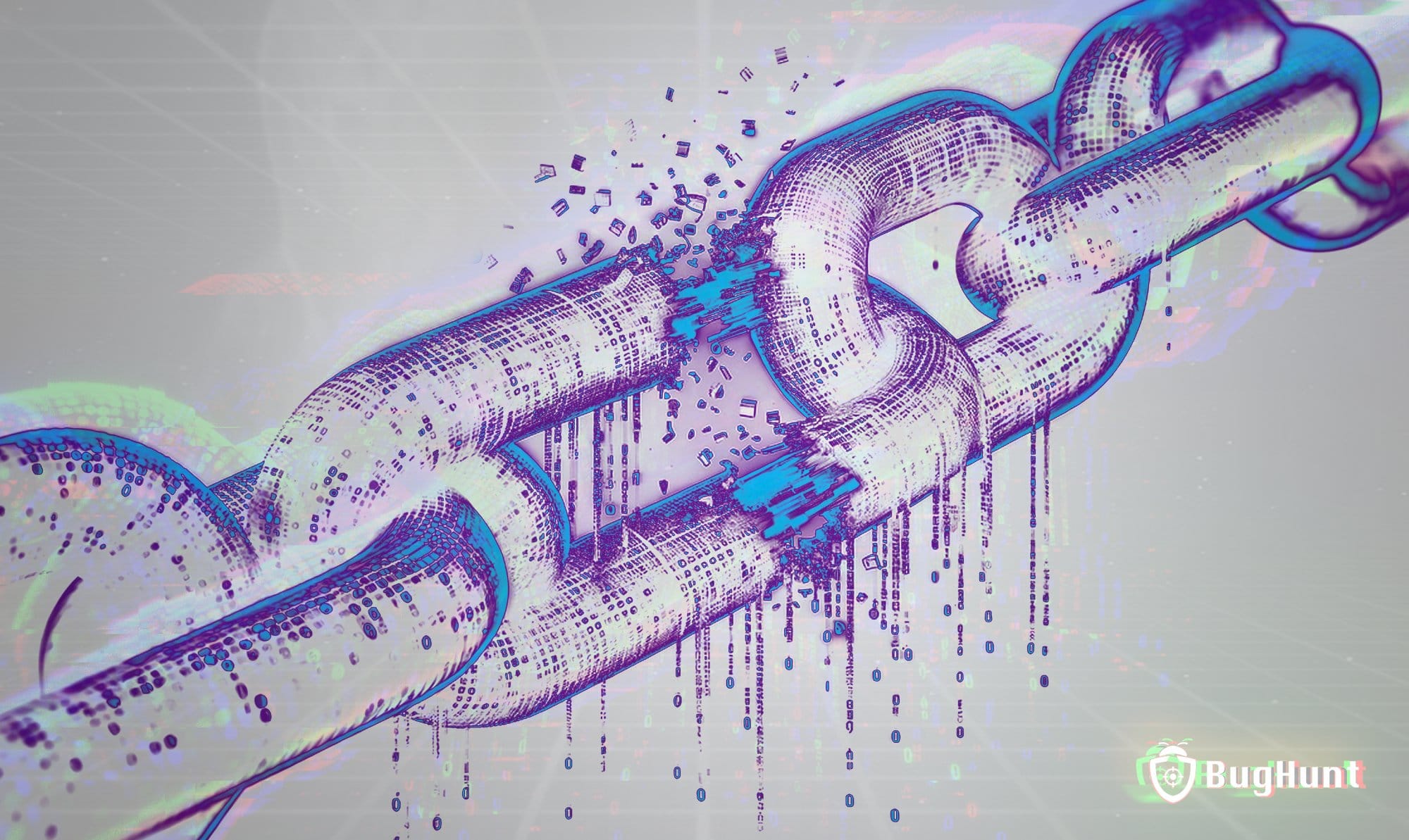How to protect yourself from a supply chain attack?

In today’s interconnected world, where systems and networks are intrinsically linked, supply chain attacks have emerged as a complex and growing threat.
This type of attack occurs when a malicious actor infiltrates a system through a third-party component or software that is part of an organization’s IT ecosystem.
Therefore, understanding what a supply chain attack is and how to protect against it is essential for ensuring the security of sensitive information and business operations. Continue reading this article to learn more!
What is a Supply Chain Attack?A supply chain attack is a cyberattack strategy aimed at exploiting vulnerabilities in the security systems of suppliers to access and compromise a larger organization. This type of attack is particularly insidious because it uses trusted intermediaries, such as vendors or business partners, who already have privileged access or are integrated into the internal processes of the targeted organization.
In other words, unlike a direct attack where the aggressor targets a company’s infrastructure directly, supply chain attacks are disguised and occur indirectly. A notorious example of this strategy occurred in 2020 with the SolarWinds case, where hackers compromised the software supply chain and affected thousands of organizations, including U.S. government agencies.
Moreover, attacks can target different elements of the chain, such as software, hardware, IT services, and even human resources, exploiting various techniques such as social engineering, phishing, malware insertion, and the exploitation of known vulnerabilities. The consequences of these attacks are often severe, potentially resulting in the loss of sensitive data, operational disruptions, reputational damage, and significant financial losses.
Also Read:Is it possible to recover after data breaches in a company?
First Steps: Identifying Threats in Supply Chain AttacksThe ability to identify potential threats is crucial for defending against a supply chain attack. Here’s how to strengthen this first line of defense:
- Frequent and Thorough Audits: Regular checks on all software and hardware used in the company are vital. Evaluating the origin and integrity of components can help anticipate irregularities and prevent damage.
- Vendor Management: Developing a security policy that includes thorough vendor evaluation is another essential measure. This includes understanding how they protect their own networks and how they develop and test their products.
- Security Awareness Training: Educating employees about the risks associated with supply chain attacks and how they can occur through compromised software and devices is also a crucial part of defense.
Defense Strategies Against Supply Chain AttacksHere are some effective strategies that highlight a specialized view in defending against supply chain attacks:
- Principle of Least Privilege and Zero Trust:This strategy involves restricting access to data and functionalities to the minimum necessary for each employee or system to perform its functions, significantly reducing the risk of unauthorized and internal access. While the principle of least privilege creates an effective barrier against intrusions, zero trust adopts a posture of constant distrust, not automatically trusting users or devices, even internal ones. Both approaches are effective in containing potential damage in case of vulnerability, limiting the spread of attacks.
- Network Segmentation:By dividing the network into different isolated segments, you control access between different areas of the infrastructure. This division not only hinders lateral movement by an intruder within your network but also ensures that if one segment is compromised, the impact is contained, protecting the rest of the network from being affected.
- Regular Updates and Patching:Keep all systems and applications updated with the latest security patches. Regularly practicing updates is one of the most effective measures to prevent attacks. By proactively fixing known vulnerabilities, you drastically reduce the window of opportunity for attackers to exploit existing flaws, significantly contributing to the security of your supply chain.
- Regular Penetration Testing:Conducting penetration tests regularly is a proactive strategy that helps identify and remediate vulnerabilities before they can be exploited by attackers. These tests simulate cyberattacks to uncover weak points in your infrastructure’s security, providing detailed insights into how a real attack could unfold.
- Bug Bounty Programs:Bug bounty programs encourage security experts to identify and report vulnerabilities in exchange for rewards, allowing for faster and more effective identification of potential weaknesses in the supply chain, strengthening security and reducing the risk of exploitation by adversaries. This approach helps maintain systems under constant scrutiny, contributing to a culture of ongoing security.
Advanced Technologies in the Fight Against Supply Chain AttacksIn addition to the strategies mentioned above, large corporations are adopting a range of advanced technologies to reinforce their defenses against supply chain attacks.
This includes the use of generative AI tools to analyze traffic patterns and detect suspicious activities, as well as implementing blockchain technologies to ensure the integrity of software components throughout the supply chain.
Complementing these measures, companies are investing in integrated cybersecurity platforms that combine various functionalities, such as intrusion prevention, anti-malware, and encryption, to establish a comprehensive and effective defense.
However, as you can see, supply chain attacks are a sophisticated and insidious form of cyber threat that exploits the complex interconnections of modern systems.
Therefore, the key to effective defense lies in understanding vulnerabilities, implementing rigorous controls, and maintaining an active and informed security posture. By adopting these practices, you strengthen your network against the most sophisticated threats, ensuring the integrity and reliability of your supply chain.
Did you enjoy this content from BugHunt? You can access more articles like this on our blog or follow us on social media to stay updated on the most relevant cybersecurity topics more quickly.

